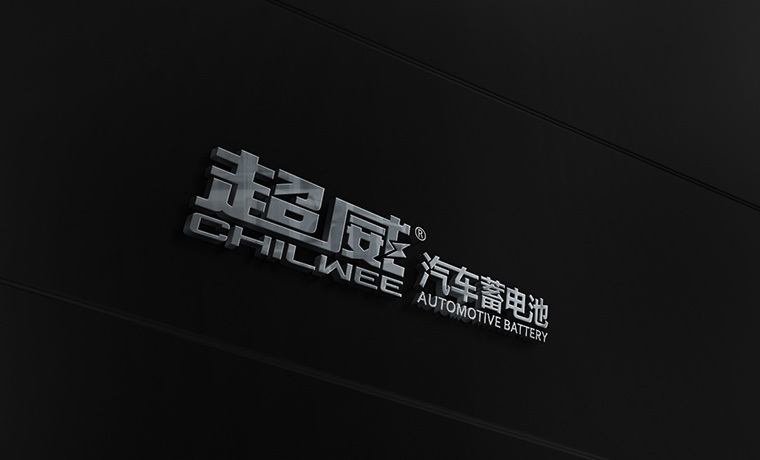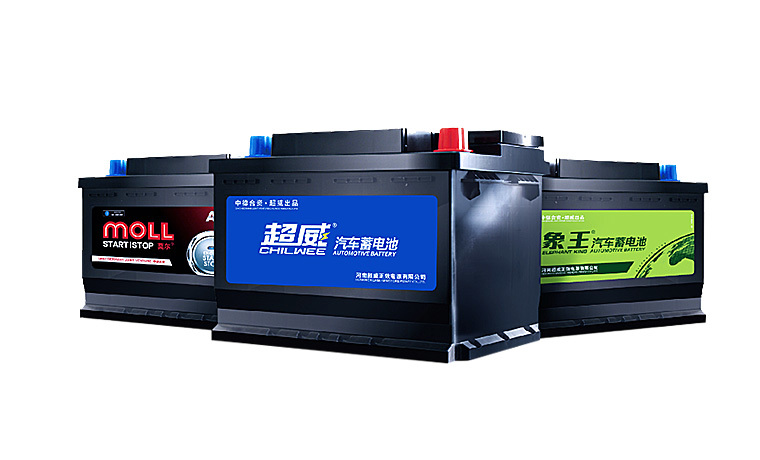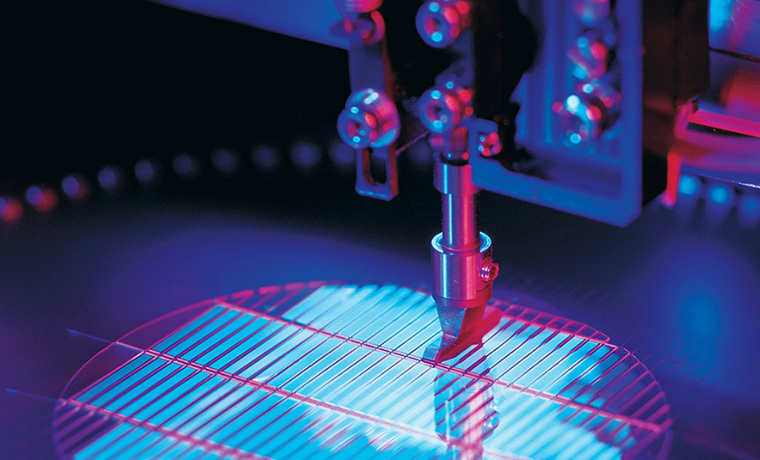Car battery charging and maintenance?
Time:
Oct 17,2022
What we usually call "maintenance-free battery" is not really "maintenance-free", but it means that this kind of battery does not need to be taken out and charged under normal conditions. Some maintenance-free batteries on cars are also equipped with temperature compensation hydrometers, which can indicate the storage state of the batteries and the height of the electrolyte level. When the indicator eye of hydrometer is green, it indicates that the charge is sufficient and the battery is normal; When the indicator eye has few green dots or is black, it indicates that the battery needs to be charged; When the indicator eye shows light yellow, it indicates that there is a fault inside the battery, and it needs to be repaired or replaced. The specific gravity of the electrolyte is reduced below 1.200; Discharge exceeds 25% in winter; Discharge exceeds 50% in summer; Dim light; Unable to start, when the above situation occurs, it needs to be charged. Some people think that fast charging can save time, and it only takes 3-5 hours. In fact, fast charging only activates the surface of the battery quickly, but in fact, the inside of the battery is not fully charged. In addition to fast charging, there is another kind of slow charging, which takes 10-15 hours. Those deeply deficient batteries must be charged slowly, otherwise, the charging time is insufficient and the charging amount is insufficient, which will directly affect the driving performance of the car. Although charging is a fairly simple operation, there are some precautions: 1. When charging, there can be no sparks near the battery, and smoking is prohibited. 2. Wear protective clothing when charging lead-acid batteries. 3. When charging one or more batteries in parallel, the charger voltage should not exceed 16V. 4. When turning on the charger, set it to the lowest current first, and then gradually increase the current until the battery begins to receive current. 5. Connect the positive wire of the charger to the positive pole of the battery, and connect the negative wire to the negative pole of the battery. If it is a deeply discharged battery or a low-temperature battery, this process may take several minutes.
What we usually call "maintenance-free battery" is not really "maintenance-free", but it means that this kind of battery does not need to be taken out and charged under normal conditions. Some maintenance-free batteries on cars are also equipped with temperature compensation hydrometers, which can indicate the storage state of the batteries and the height of the electrolyte level. When the indicator eye of hydrometer is green, it indicates that the charge is sufficient and the battery is normal; When the indicator eye has few green dots or is black, it indicates that the battery needs to be charged; When the indicator eye shows light yellow, it indicates that there is a fault inside the battery, and it needs to be repaired or replaced.
The specific gravity of the electrolyte is reduced below 1.200; Discharge exceeds 25% in winter; Discharge exceeds 50% in summer; Dim light; Unable to start, when the above situation occurs, it needs to be charged.
Some people think that fast charging can save time, and it only takes 3-5 hours. In fact, fast charging only activates the surface of the battery quickly, but in fact, the inside of the battery is not fully charged.
In addition to fast charging, there is another kind of slow charging, which takes 10-15 hours. Those deeply deficient batteries must be charged slowly, otherwise, the charging time is insufficient and the charging amount is insufficient, which will directly affect the driving performance of the car.
Although charging is a fairly simple operation, there are some precautions:
1. When charging, there can be no sparks near the battery, and smoking is prohibited.
2. Wear protective clothing when charging lead-acid batteries.
3. When charging one or more batteries in parallel, the charger voltage should not exceed 16V.
4. When turning on the charger, set it to the lowest current first, and then gradually increase the current until the battery begins to receive current.
5. Connect the positive wire of the charger to the positive pole of the battery, and connect the negative wire to the negative pole of the battery.
If it is a deeply discharged battery or a low-temperature battery, this process may take several minutes.
Recommended













